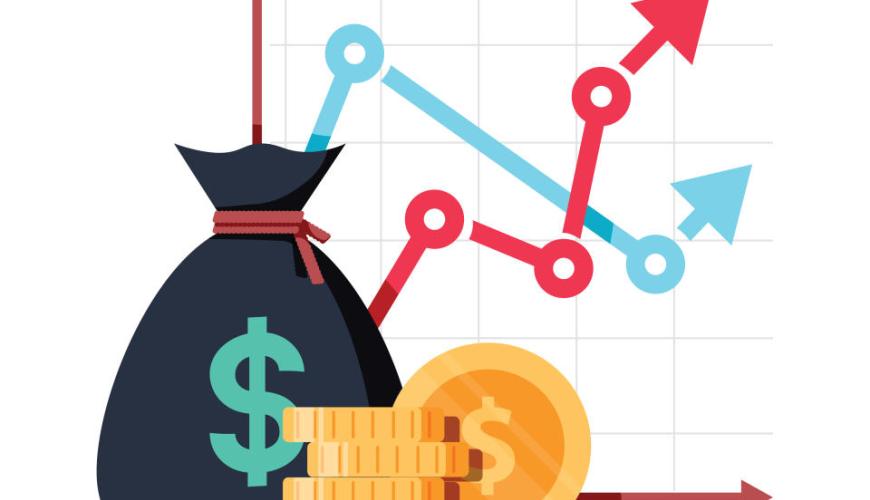How the Federal Reserve's Interest Rate Decisions Impact Banking, Lending, and Credit
- 01 February 2024 2:02 AM

Contents
Amid the anticipation of an interest rate cut in the aftermath of inflation peaking at 9.1% in June 2022, the Federal Reserve has successfully maneuvered the inflation rate down to 3.4% by December 2023, owing to 11 successive interest rate hikes. However, despite their efforts to suppress inflation reaching a holding pattern and keeping rates high, there is still lingering hope for a rate reduction.
Understanding Monetary Policy
The Fed primarily controls the federal funds rate, dictating the short-term rate banks utilize for borrowing from each other. The most recent decision perpetuates the target range for the federal funds rate at 5.25-5.50%. These rate decisions percolate through the entire financial world, impacting borrowing costs and saving rates significantly.
Through interest rate management, which can be likened to monetary medicine, the Fed can slow down the economy by increasing interest rates to control rising consumer prices (high inflation). Moreover, it can stimulate recovery during economic slumps by infusing liquidity into the financial system by lowering interest rates. Alternatively, the Fed can hold rates steady, allowing previously executed measures to solidify while considering future steps.
Potential Impact of Interest Rates on Banking and Lending
The Federal Open Market Committee’s recent statement implies that they do not foresee it being appropriate to lower the target interest rate range until there is increased confidence that inflation is moving sustainably towards their target of 2% again. The fallout from this stance will permeate into everyday consumers' loans and accounts.
Regarding short-term liquidity, the consequence of these interest rates on checking and savings accounts will likely keep deposit account rates near their current level. Savvy investors should hunt for optimal returns as providers may consider minimizing their interest rate payouts. Further, on the flip side of the financial spectrum, higher interest rates influenced by the Fed’s monetary tightening means borrowers pay more to lenders.
Effects on CDs, Loans, Mortgages, and Credit Cards
Good news for CDs came as Fed rate increases caused these accounts to earn more. However, these rate hikes have negatively impacted borrowing costs, causing an increase in personal loans from 8.73% at the beginning of 2022 to 12.35% in November 2023. Student loans and home mortgage interest rates have also risen due to the interest rate hikes.
For credit cards, the interest rates have jumped from an average of 16.65% to above 22% during this most recent cycle. This leaves minimum payments unchanged and maintains high interest charges on credit card balances, unless fully paid off each billing cycle.
In conclusion, while the Fed's primary mission is to manage inflation, their interest rate decisions significantly affect a broad array of financial products and services. So, whether you're a lender, borrower, saver or investor, it's essential to pay attention and adjust accordingly to these fiscal modifications for the best possible outcome in this ever-evolving economic landscape.
